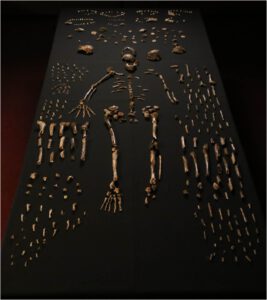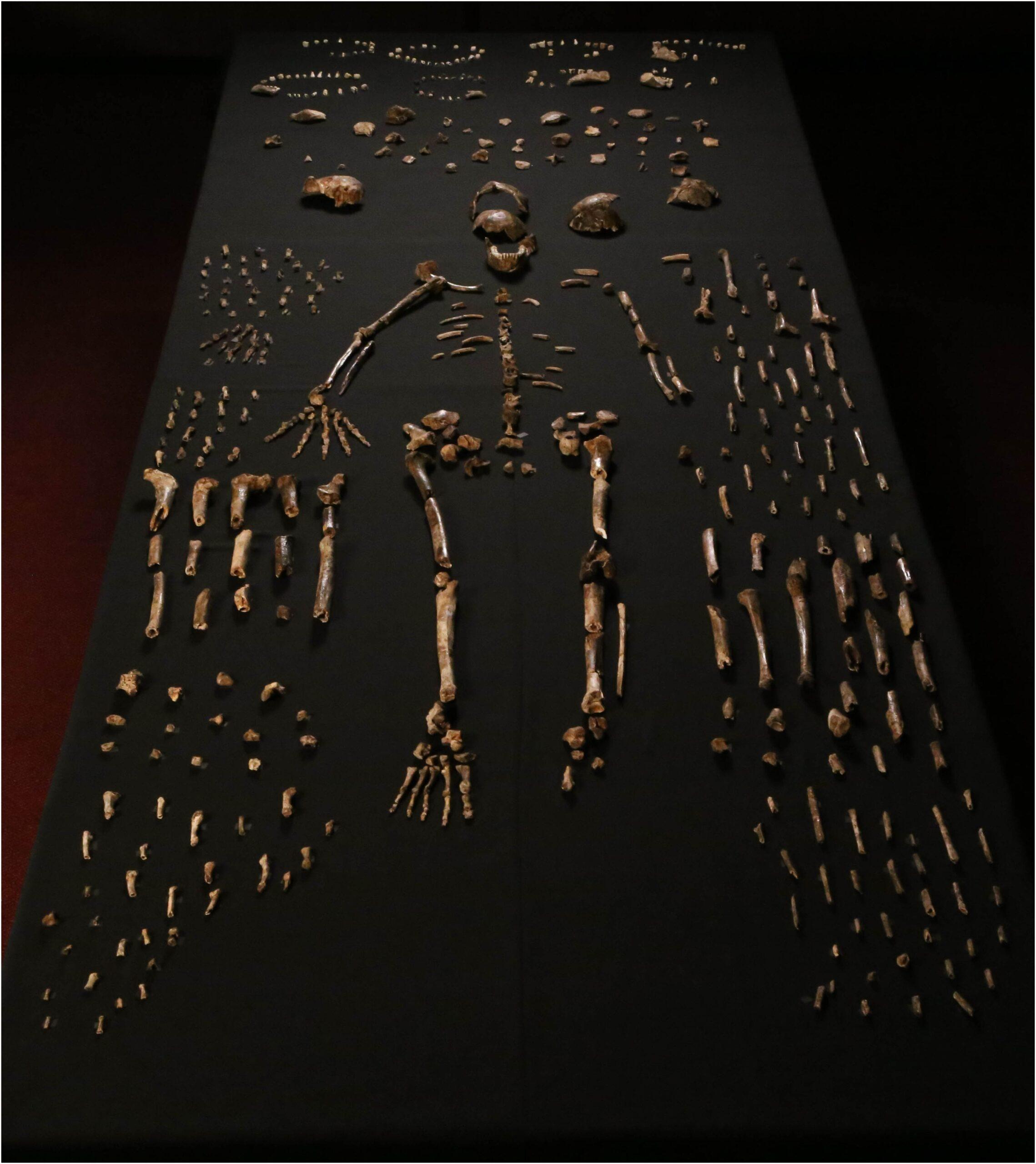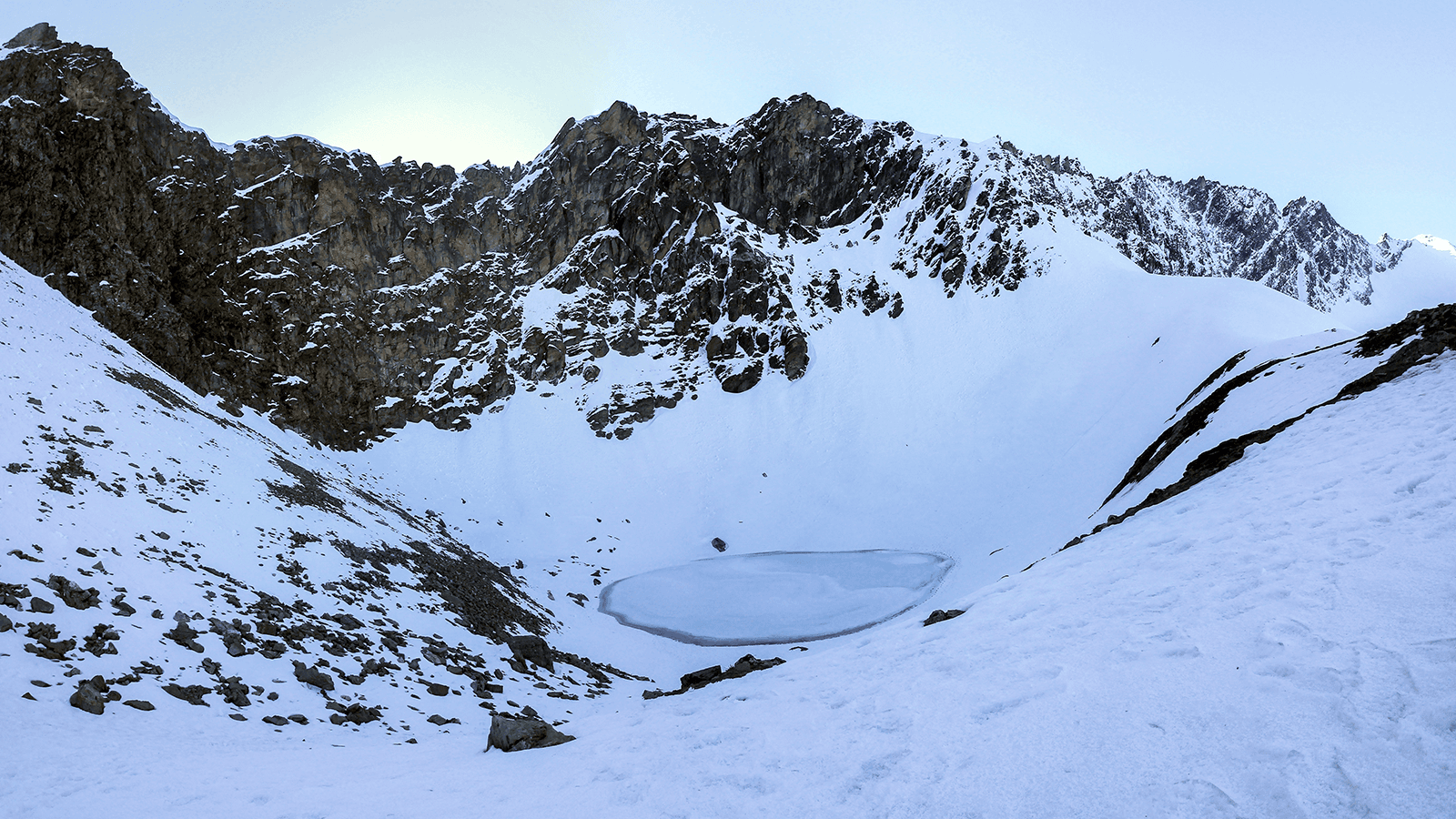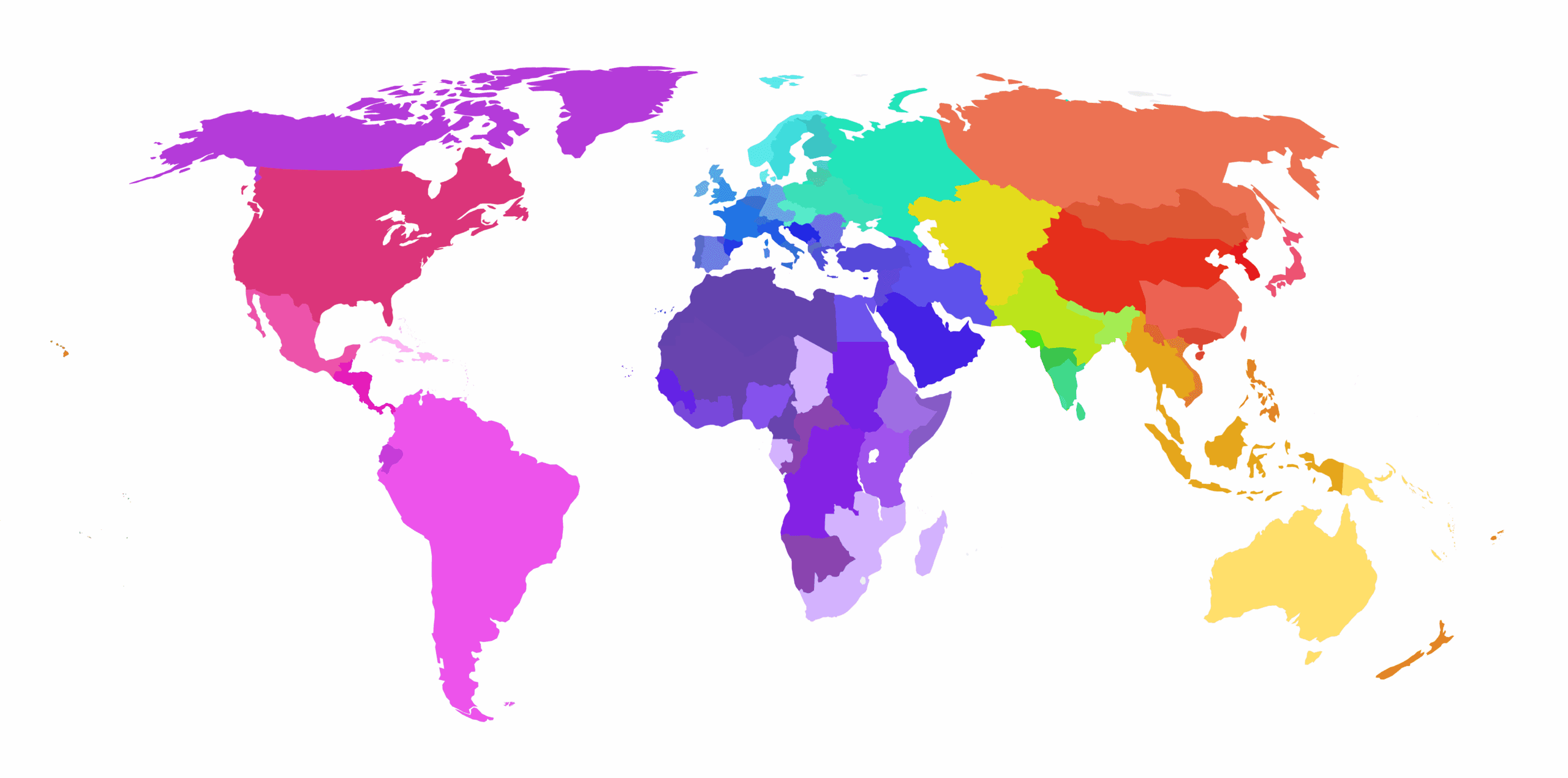Scientists have unearthed a trove of bones in a South African cave belonging to a previously unidentified early human relative.

Composite skeleton of Homo nadeli along with other bones found at the Rising Star Cave in South Africa. Photo: Lee Berger, Wits, photographed at Evolutionary Studies Institute
Rising Star
Found in the “Rising Star Cave,” the new species has been dubbed homo naledi – naledi is the Sosetho word for star – and fills in more detail about the story of human evolution.
“We’ve found a new species that we are placing in the genus Homo, which is really quite remarkable,” Lee Berger, a paleoanthropologist, who led the research told the Guardian.
There’s much to ponder with the new finding and some intriguing implications discussed at length in two new papers about the bones as well as a new Nova special. For one, the find adds more information in the big gap in the fossil record tracing back to the dawn of humanity.
Homo Naledi
One of the papers also details where and how the bones were found and covers various theories about how they got there. The implication from that paper is that the bones – more than a 1,000 bones and bone fragments from at least 15 individuals – were possibly brought there for burial. If true this would suggest that homo naledi were advanced enough to actually have a ritual for burying their dead.
“If true it points to advance behavior,” said John Hawkes, and paleoanthropologist from the University of Wisconsin who is a co-author of the paper.
That would also point to such things as social bonds, and other kinds of communal structures.
The excavation and its implications are covered at length in the upcoming issue of National Geographic.
Ancient Human Relative
The team believes the bones – as yet undated – represent a new ancient human relative that adds another chapter in the human story.
The bones have some characteristics that are similar to both modern humans and other ancient human species that pre-date it. They were long-legged and slender with hands and feet similar to humans, but their brains were only about a third of the size of modern humans.
In the wonderful Nova program, scientists say the find should more clearly change how we look at the human family tree, where there were likely many different species that branched out in different ways, some crossing back to contribute to what ultimately became modern humans, while others went extinct.




